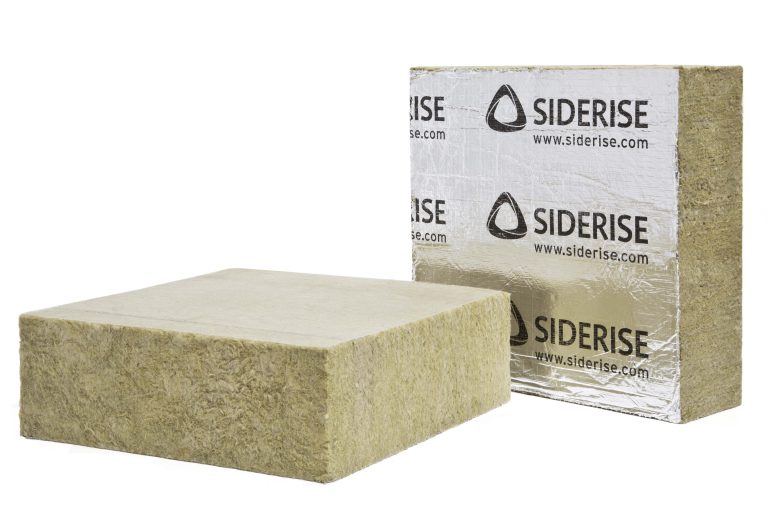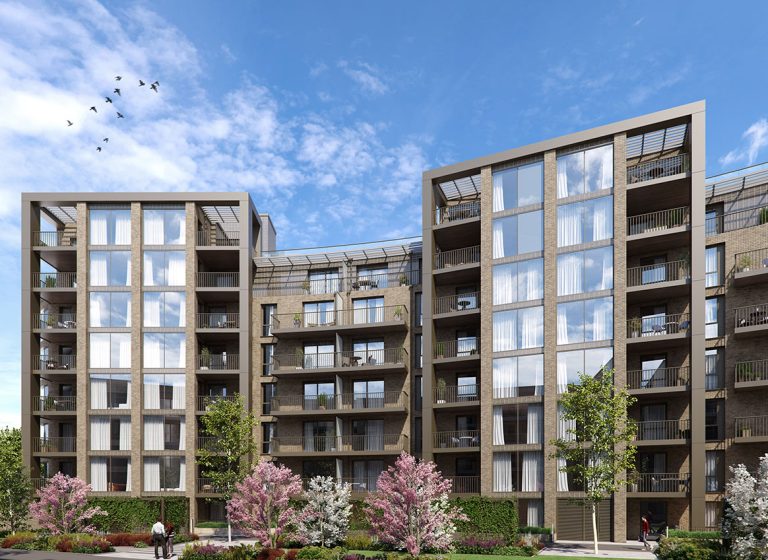The latest research and report from Land Registry has found that the flurry of activity ahead of April’s stamp duty hike failed to lift UK house prices, which fell by 0.5% between February and March. According to the report, London and the East experienced the only monthly price rises with a movement of 0.2%. Yorkshire & the Humber saw monthly prices drop by 2.6%. However former RICS chairman Jeremy Leaf said that “the month-on-month fall in the average house price is not a surprise as the market is gearing up for a change”. He added: “However, bearing in mind the historic nature of these figures, we would have expected higher transaction levels as the stamp duty deadline approaches. But with the number of completed house sales in England and Wales falling by 5% in January compared with the same month last year, there does not seem to have been the stampede that many expected. It may be that investors and second homebuyers left it really late in the day and it is February and March’s figures that will show a significant uplift in transactions.” The annual price change now stands at 6.7%, bringing the average house price in England and Wales to £189,901. London remains the region with the most significant annual price increase at 13.9%. The North East saw the only annual price fall with a 0.7% drop. Stuart Law, CEO at Assetz for Investors, said: “The buy-to-let boom we saw in the first quarter of the year has helped create a staggering 13.9% year-on-year increase in London property prices. However there’s already been a drop in demand for buy to let property in London since the stamp duty surcharge was introduced in April, and we can expect price strength there to fall back quite a bit, where panic buying by investors has seen many pay over the odds. London capital growth has peaked and that’s causing buy-to-let investors to turn their attention to the North of England, where it is still possible to purchase a home with a great yield on a budget of £100,000, in areas such as Manchester, Leeds and Liverpool. We are already seeing very strong demand continue in April and it has increased from levels prior to the budget as Southern buyers look North. Following the budget announcement in March, it is clear the Northern Powerhouse will see rising prices in the year ahead, as UK and foreign investment accelerates, which means now it the time to invest. Savvy investors can get more bang for their buck, and the potential for capital growth far outweighs the cost of the extra stamp duty.” Andrew Bridges, managing director of Stirling Ackroyd, had this to say: “House prices across the country may be coasting in neutral, but the capital is speeding ahead. London’s lead is getting larger and the demand for life in the fast lane shows no sign of letting up.
Such momentum in London also comes despite a few road bumps. Stamp duty surcharges have caused a slight slowdown at the top end of the market and particularly in the west of the capital. Gears are grinding in old ‘prime’ areas such as Kensington & Chelsea and Hammersmith & Fulham. And builders are touching the brakes on new homes in these old heartlands. Yet other parts of London are moving up the field to compensate. The new champions of the London property market are areas further east and further out.” John Eastgate, Sales and Marketing Director of OneSavings Bank, commented: “This monthly dip in house prices contrasts with what has been a red-hot property market in March, a month when mortgage lending shot up 47% as buyers rushed to move before the stamp duty deadline for second properties. In reality, once the dust settles on the March madness and activity returns to more normal levels, house prices are likely to return to their pattern of sustained increase.” Rishi Passi, CEO of Oblix Capital, added: “The stamp duty stampede of buy-to-let investors rushing to complete house purchases and sales ahead of April’s tax changes ramped up demand for properties across the country in March, but this heightened activity wasn’t enough to lift overall UK house prices, which fell by a modest 0.5% between February and March. This is good news for first time buyers, as will be the forecast that prices may well moderate further in the coming months as we witness the full effect of the new tax burdens on buy to let landlords.” Sarah Beeny, owner of estate agent, Tepilo, said: “Despite the rush by investors to beat the stamp duty rise which has now come into force, prices month-on-month have fallen somewhat. I don’t think this is anything to worry about as the market is correcting itself after some months of strong gains, particularly December and January. I really hope that what we’ll see now is more opportunities for first-time buyers to enter the market which would be a healthy development and would make the property market a lot more stable.” Source link









